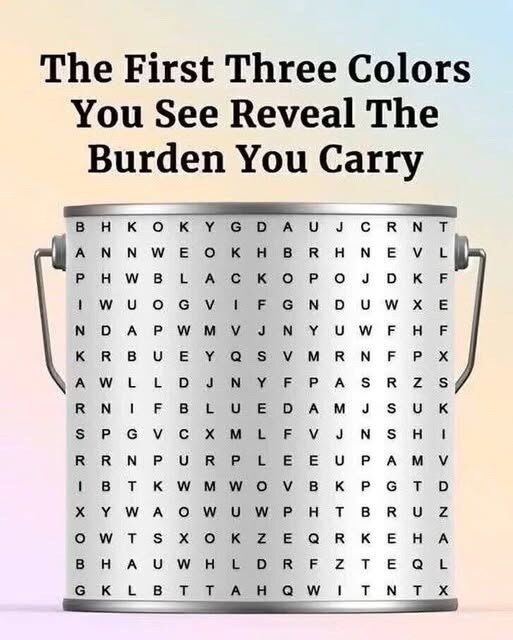More Than Preference: How Colors Reflect Your Mood and Mind!
Have you ever wondered why you’re drawn to certain colors during specific moments in your life? Maybe you gravitate toward calming blues when you’re stressed or crave bold reds when you’re feeling powerful. This isn’t just about personal taste—color psychology reveals that our preferences often reflect deeper emotional states and aspects of our mental well-being.
In this article, we’ll explore how the colors we surround ourselves with—and the ones we choose in everything from clothing to home decor to food—can mirror our moods, affect our thoughts, and even subtly influence our behavior.
The Psychology Behind Color
Color psychology is the study of how different hues impact human behavior and emotions. Though interpretations can vary culturally, some emotional responses to color are surprisingly universal.
Here’s a quick snapshot of what different colors can represent:
Red – Energy, passion, danger, or excitement. It increases heart rate and grabs attention.
Blue – Calmness, stability, and serenity. Often used in places of rest or healing.
Yellow – Optimism, happiness, and warmth. But too much can lead to anxiety or frustration.
Green – Balance, growth, and health. It’s easy on the eyes and represents renewal.
Purple – Creativity, luxury, and mystery. Associated with spirituality and imagination.
Orange – Enthusiasm, adventure, and warmth. It’s a social and inviting color.
Black – Power, elegance, or sadness. Often seen as sophisticated but can feel heavy.
White – Purity, cleanliness, and simplicity. Also tied to a sense of space or emptiness.
How Colors Reflect Your Mood
Our emotional state often shapes the colors we are attracted to. Here’s how:
Feeling low or anxious? You may lean toward soft, cool tones like blue or green for their calming effects.
Feeling bold and confident? You might choose red or orange to express energy and assertiveness.
In need of comfort or simplicity? Neutrals like beige, white, or gray offer peace and clarity.
Real-Life Examples:
People under chronic stress often surround themselves with muted tones to avoid sensory overload.
Children with high energy often prefer bright primary colors.
After a breakup or a personal loss, many people instinctively wear darker shades like black or gray.
Your Favorite Colors Say Something About You
Your color preferences aren’t just about what you like—they can offer clues about your personality and current state of mind.
Love blue? You might value peace, trust, and responsibility.
Always picking green? You may seek balance, harmony, or healing.
Drawn to red? You might be passionate, action-oriented, and driven.
Of course, preferences change over time and with life experiences. The color you couldn’t stand five years ago might feel “just right” today because of how your inner world has evolved.
The Colors Around You Can Shape Your Mental Health
Not only do your moods influence your color choices, but the colors in your environment can also influence your mood. This is why interior designers, advertisers, and even therapists pay close attention to color schemes.
Blue walls can promote relaxation in a bedroom.
Yellow accents can add energy and warmth to kitchens or workspaces.
Green elements like plants can reduce anxiety and improve focus.
Even your digital spaces—like your phone wallpaper or desktop background—can be optimized with color to help create the mindset you want.
Using Color Intentionally
Understanding how color affects your mood can empower you to make more mindful choices in your daily life. Here are some simple ways to use color intentionally:
Dress for your day: Choose colors based on how you want to feel or present yourself.
Decorate with purpose: Use color psychology when painting walls, buying furniture, or choosing artwork.
